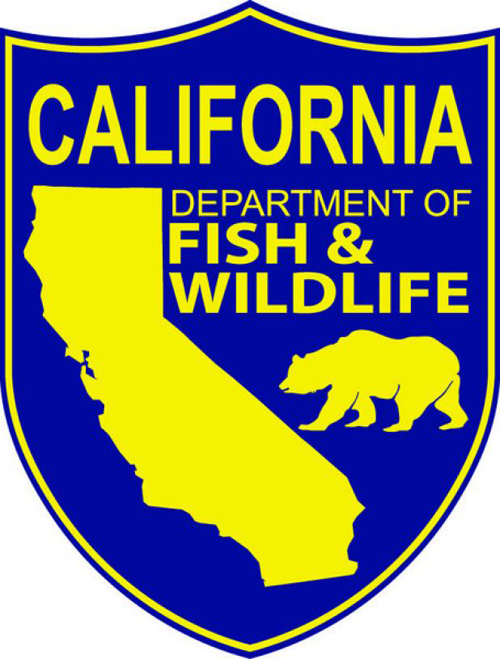
Your Source for Outdoor Adventure
Northern California and Southern Oregon
California Outdoors Q & A: Why Are Tags and Licenses Needed for Hunting Feral Pigs?
by Carrie Wilson
12-10-2010
Website

Answer: You can generally pick up abalone shells and shell parts for your personal use but these shells may not be sold or made into products to sell. Marine Reserves, State Underwater Parks and other prohibited areas do not allow any shell collecting. For example, there are some public lands off of Point Arena that are owned and managed by the Bureau of Land Management (BLM). BLM allows you to take live abalone, but you are not allowed to collect empty shells. Wherever you go, you should contact the controlling agency to find out what collecting activities are legal for that area.
Question: A few years ago we were told we can only keep lobsters that don't fit inside the 3 ?- inch gauge at all, or those that stick so firmly inside the gauge between the head and the end of its back that even if you hold the lobster upside down, it won't fall off. Is this correct? Does the lobster have to be 100 percent wedged into the gauge and not fall off of it without assistance to be legal? (Jeff D., Carlsbad)
Answer: The legal-sized lobster is one with a carapace that is larger than or equal to the gauge's cutout with no wiggle room. Be sure to measure the length of the carapace along the midline from the rear edge of the eye socket (between the horns) to the rear edge of the carapace. This straight-line measurement must be a minimum of 3 ? inches. If the lobster is too small, it should immediately be released back into the water. Undersized lobster should never be brought aboard a vessel, or ashore if diving from the beach. A measurement diagram is located in the brochure located on our website at www.dfg.ca.gov/marine/pdfs/lobsterbrochure.pdf or on page 80 of the current Ocean Sport Fishing regulations booklet. You might also be interested in the California spiny lobster information available on the Invertebrate Management Project Web page at www.dfg.ca.gov/marine/invertebrate
Question: Please explain why the Department of Fish and Game (DFG) requires a hunting license and tags to hunt and kill feral pigs. Feral pigs, as the name implies, are domestic pigs that have gone wild. They are an invasive species that destroys the environment and spreads disease. Proper and responsible environmental management would mandate the eradication of this invasive species; yet DFG has a policy that discourages killing feral pigs by charging fees. Why is this? (Curtis A.)
Answer: DFG requires a valid license and tag to legally take a wild pig. According to DFG Wild Pig Program Coordinator Marc Kenyon, Fish and Game Code, Section 4650 says that any free-ranging, non-domesticated pig is classified as a wild pig, and therefore is considered big game. DFG instituted the tagging requirement as a means to continuously monitor California's wild pig population. This information is used by DFG biologists, in concert with private and public landowners, to develop pig management plans that are intended to protect cultural and natural resources from the damage wild pigs are known to cause. Without the wild pig harvest report information, private and public land managers would lack the information necessary to develop these plans of action. Furthermore, the revenues generated by the sale of wild pig tags are used by DFG to monitor disease transmission, evaluate environmental impacts of wild pigs and provide the public with additional hunting opportunities. Your participation in this process is greatly appreciated. Wild pigs have no seasons or size restrictions or daily bag limit. The sale of pig tags helps generate much-needed funding for DFG biologists to use for managing pigs and the habitat where they live. By managing and improving the habitat for pigs, a wide variety of other species that occupy the same land/habitat also benefit from these efforts.
Question: I heard the law prohibiting tree switches and GPS collars is being repealed in California. Can I hunt bear this year with tree switch collars and GPS collars on my hounds? (Marcy Jensen)
Answer: No, the law has not changed and it is illegal to use treeing switches and/or GPS collars on your hounds when taking any mammals in California.
Carrie Wilson is a marine environmental scientist with the California Department of Fish and Wildlife. While she cannot personally answer everyone’s questions, she will select a few to answer each week in this column. Please contact her at CalOutdoors@wildlife.ca.gov.
MyOutdoorBuddy.com © 2025. All Rights Reserved.
Website Hosting and Design provided by TECK.net
Website Hosting and Design provided by TECK.net